The Writers’ Buildings, often shortened to just Writers’, is the official secretariat building of the state government of West Bengal in Kolkata, India. The 150-metre long building covers the entire northern stretch of the Lal Dighi or Red Lake at the centre of historic B.B.D. Bagh, long considered as the administrative and business hub of the city.
It originally served as the principal administrative office for writers (junior clerks) of the British East India Company (EIC). Designed by Thomas Lyon in 1777, the Writers’ Building has gone through a long series of extensions over the centuries. Since India’s independence in 1947, it housed the office of the Chief Minister of West Bengal, cabinet ministers and other senior officials, until 4 October 2013, when a major restoration of the building was announced. The majority of government departments were subsequently moved out to a new re-purposed building named Nabanna in Howrah on a temporary basis.
The building has been called a mini-township of sorts with a built-up area of around 550,000 square feet. Before the shifting of the state secretariat, the building housed 34 departments of the state government, and served as the office for approximately 6,000 employees. As of October 2020, the renovation of the building continues.
History
The Writers’ Building was designed by Thomas Lyon in 1777 for the EIC, which wanted to consolidate its trading operations in India and centralize the tax operations the EIC undertook in Bengal Subah. Over time, as British mercantile interest in India grew and the EIC defeated the Nawabs of Bengal, it was re-purposed as the effective headquarters of the EIC and later the entire British Raj in the Indian subcontinent. For more than 200 years the building served as the centre of British power and claims, as the seat of government of the Bengal Presidency and later the Province of Bengal. In the early part of the twentieth century, the building was the site of agitations, violence and assassination attempts during the Indian independence movement. Since India’s independence in 1947, it has served as the state secretariat and has been the location of turbulent politics, mob violence and police brutality. It has also become a popular metonym for the government of West Bengal, and especially the unbroken 34-year long Left Front rule in the state.
The building has also played a fundamental part in shaping the history of the immediate region, as the village of Kalikata became British Calcutta and finally Kolkata. From its conception, the building was designed to become the focal administrative and business hub of the city emerging around it and was thus built close to existing infrastructure owned by the EIC. It was constructed on parts of the same parcel of land where the original Fort William, the EICs primary military stronghold in Bengal, stood until 1756. It also marked the centre of the ‘White Town’, populated primarily by English merchants, officers and EIC functionaries which was kept separate from the ‘Black Town’ populated primarily by the native landowners and businessmen.


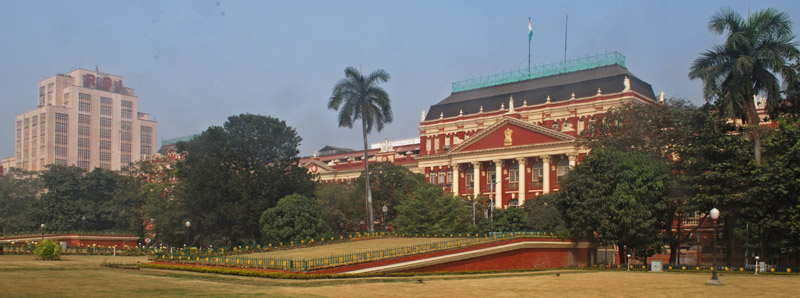
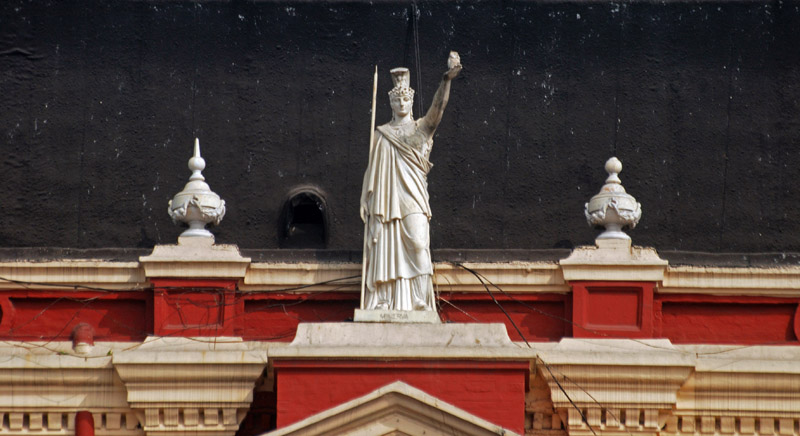

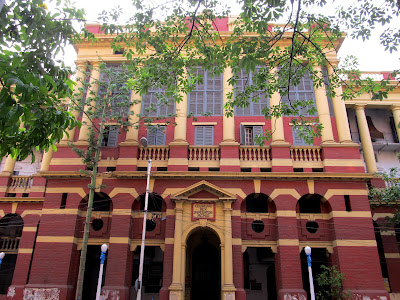

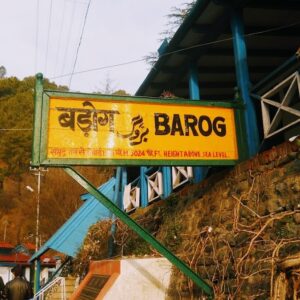





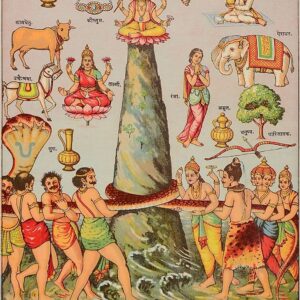


Reviews
There are no reviews yet